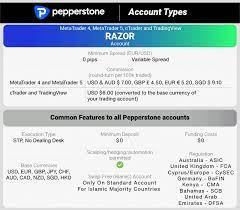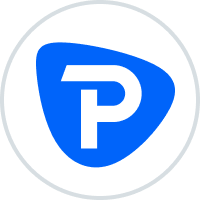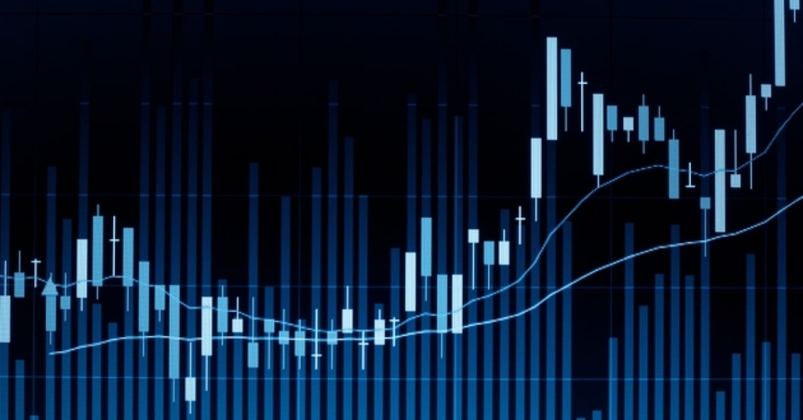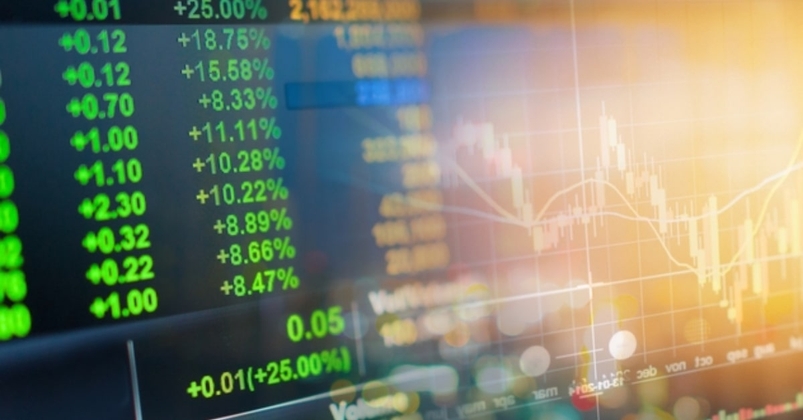- لغة عربية
- English
- 简体中文
- 繁体中文
- ไทย
- Español
- Tiếng Việt
- Português
In forex trading for beginners, we are going to look at the basics of currency trading and speculating through a forex broker. It should be noted that this is different from the physical exchange of currency that you might undertake if you were travelling to another country, requiring funds to spend.
What is a currency?
A currency is a system of money that is in general use in a particular country or region. The strength or weakness of a currency will fluctuate. This is dependent on numerous factors from the monetary policy of the central bank to employment and inflation. As a currency trader, we look to exploit these moves for financial gain.
Forex trading for beginners might seem complicated but we are going to go through the basic steps one by one.
Trading one currency against the other
The most common way to speculate in currencies is through the spot market. A trader looks to take advantage of one currency’s weakness against another currency’s strength. This is known as pairs trading.
Example:
The European Euro against the United States Dollar. This is quoted as EUR/USD.
The first currency in a pair is known as a base currency. The second quoted currency is known as the counter currency.
If we believe that the strength of the Euro (EUR) will weaken against the US Dollar (USD) we would look to sell or ‘go short’ of EUR/USD.
If we believe that the strength of the Euro (EUR) will gain against the US Dollar (USD) we would look to buy or ‘go long’ of EUR/USD.
What is a pip?
All currency pairs or crosses are quoted to the 4thdecimal point. If the price in EURUSD moved from 1.0240 to 1.0241, it would have moved 1 pip or 1 point. A move from 1.0220 to 1.0200 and it would have moved 20 pips
What is trade size?
In forex we are placing a trade through our broker. The amount that we win, or lose, is dependent on the amount that we trade per ‘pip’.
Example:
We Sell EURUSD at 1.0220 in £5 per pip at 1.0220. It moves in the right direction, and we close at 1.0200. We have made £100. The calculation is £5 x 20 pips = £100. I should be noted that closing the trade for -20 pip would have resulted in a loss of -£100
Opening a trading account
It is relatively easy to open an account at a retail forex broker. You will be required to provide some information such as your name and address, your country of citizenship and employment status.
You will also be asked more personal questions like your annual income, net worth, trading experience and objectives. These questions should not be taken as intrusive. They are part of a system known as KYC, Know Your Client. This helps the broker understand the level risk that they should allow and if you should be given a higher leverage account.

Figure 1 Pepperstone account types
How to learn forex trading as a beginner
Forex brokers will offer different tools and education to start you on your journey. One of the most popular tools is a forex demo account. A forex demo account stands for a demonstration account. In most cases, it will offer the same functionality as a live account. The main difference is that it is not funded with ‘real money’.
You might be interested in technical analysis. This is the study of chart patterns to decipher and trade the next forex move. Quality chart functions are offered as part of the broker package.
Don’t forget the educational section. This includes a long list of articles to help you better understand the jargon used and the functionality of the platform. Also, webinars are available and offered regularly.
Related articles
لا تُمثل Pepperstone أن المواد المقدمة هنا دقيقة أو حديثة أو كاملة، وبالتالي لا ينبغي الاعتماد عليها على هذا النحو. البيانات، سواء كانت من جهة ثالثة أو غيرها، لا يجب اعتبارها توصية؛ أو عرض لشراء أو بيع؛ أو دعوة لعرض لشراء أو بيع أي أمان، منتج مالي أو صك؛ أو المشاركة في أي استراتيجية تداول معينة. لا تأخذ في الاعتبار الوضع المالي للقراء أو أهداف الاستثمار الخاصة بهم. ننصح أي قارئ لهذا المحتوى بطلب نصيحته الخاصة. بدون موافقة Pepperstone، لا يُسمح بإعادة إنتاج أو إعادة توزيع هذه المعلومات.


